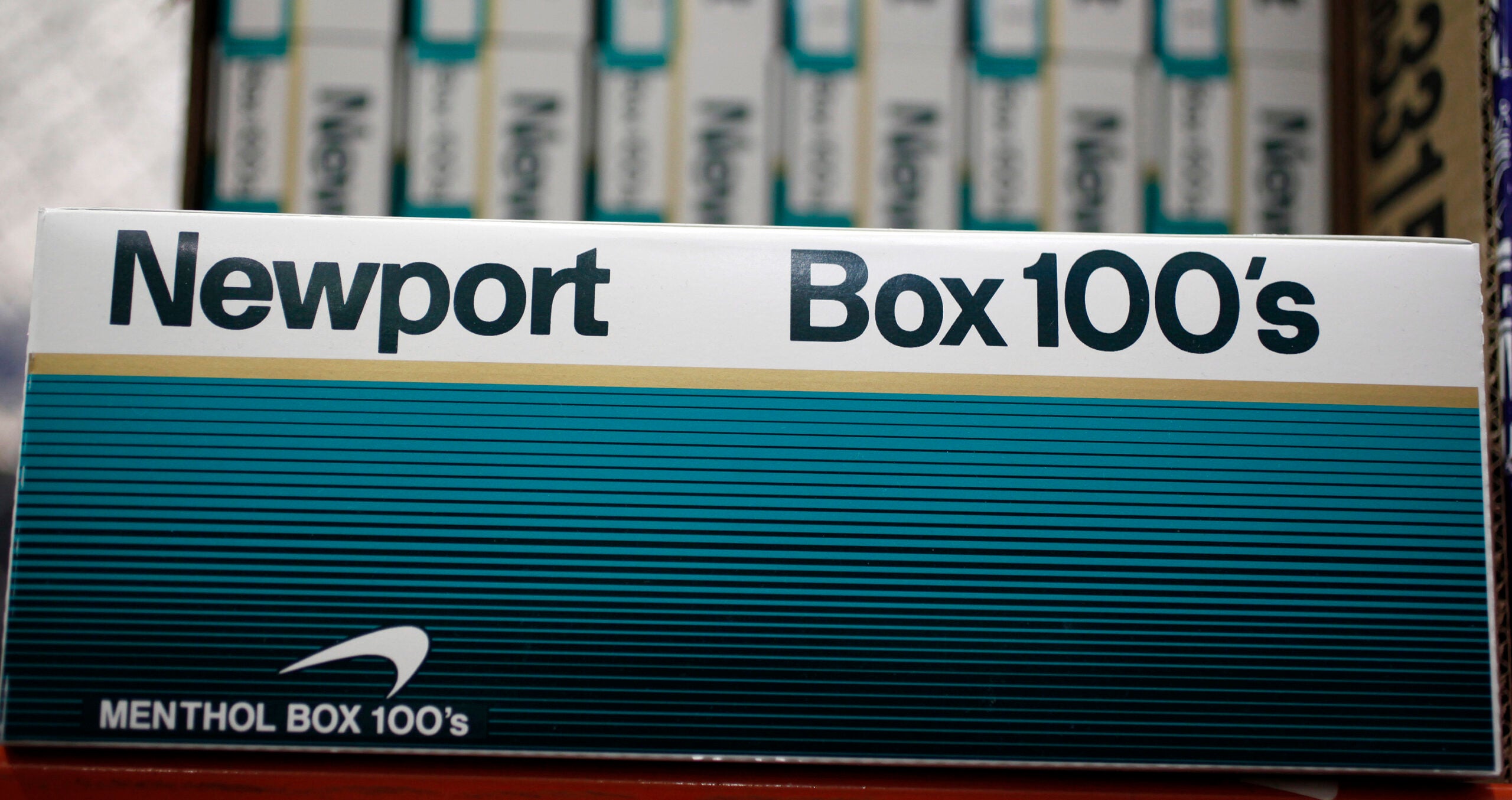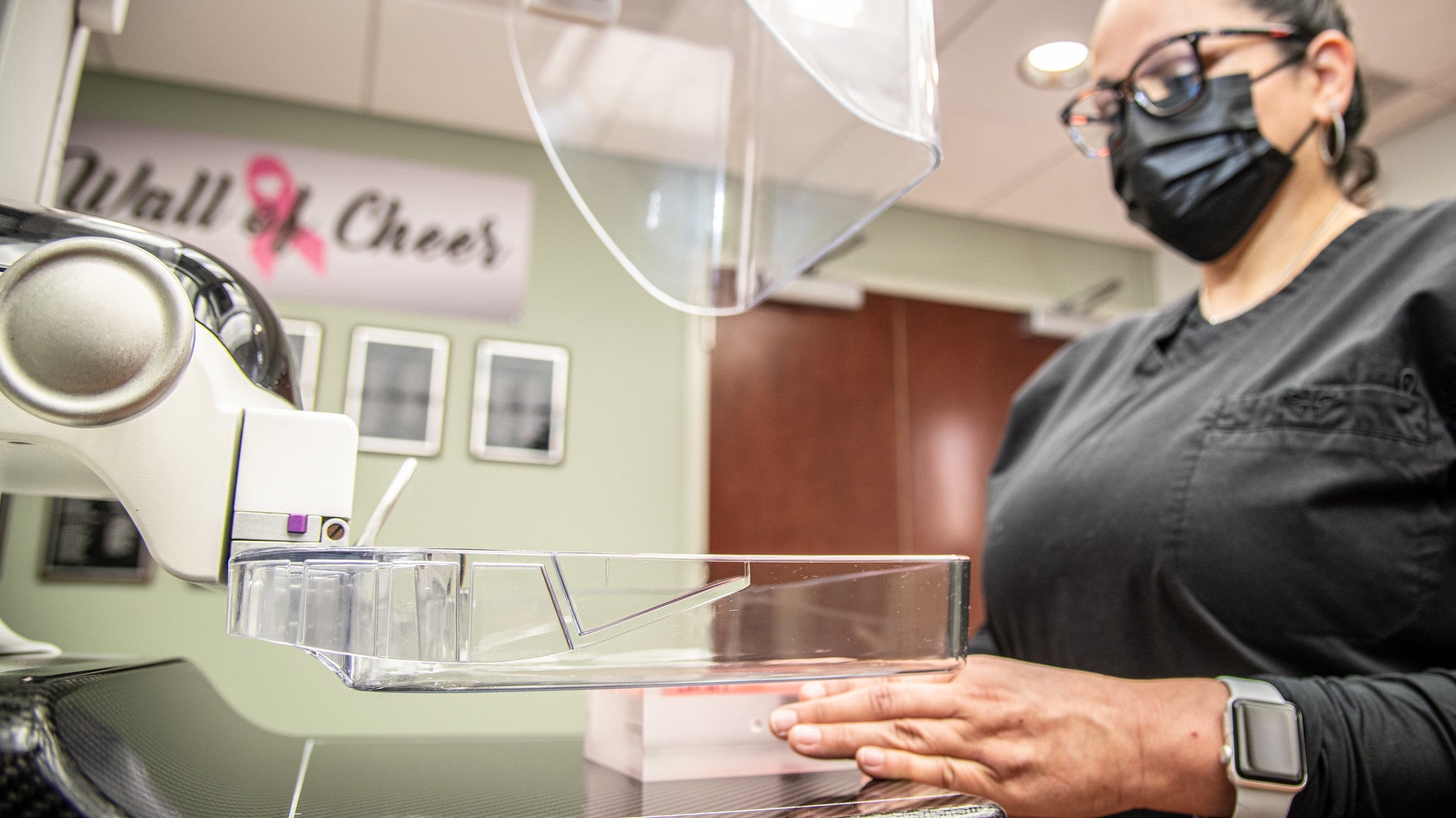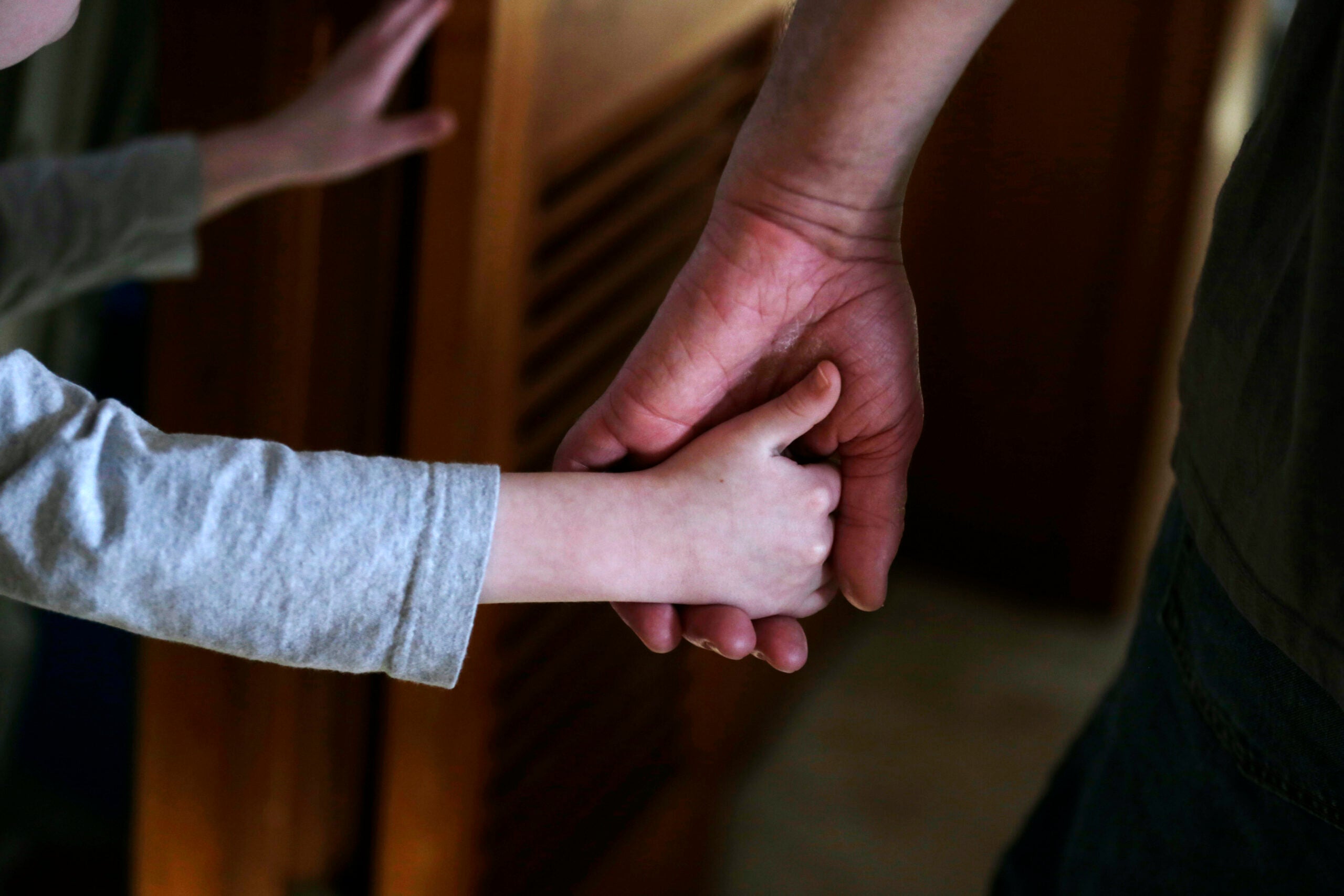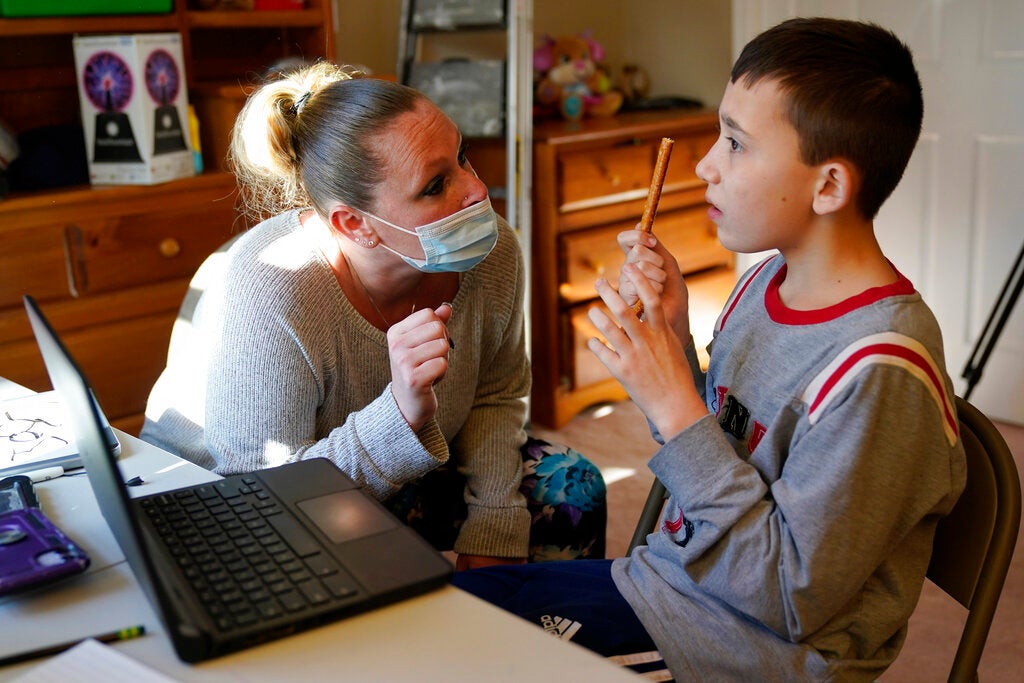Despite a federal effort to expand lung cancer screenings to more individuals, research from the University of Wisconsin-Madison shows Black and Hispanic individuals were still less likely to be eligible for screenings than white counterparts.
In March, the U.S. Preventive Services Task Force reduced the age limit for lung cancer screening to 50 years old and recommended low-dose CT scans for anyone who smoked one pack of cigarettes per day for 20 years.
Dr. Anand Narayan is an associate professor at UW-Madison and vice chair for equity in the campus’s Department of Radiology. She also works as a radiologist with UW Health. Narayan said the change did increase overall eligibility from 11 percent to 14 percent of adults. But he said existing disparities among racial and ethnic groups persisted.
News with a little more humanity
WPR’s “Wisconsin Today” newsletter keeps you connected to the state you love without feeling overwhelmed. No paywall. No agenda. No corporate filter.
Narayan and colleagues with Massachusetts General Hospital analyzed data from 77,689 responses to the Behavioral Risk Factor Surveillance System Survey. He said that under the new guidelines, 9 percent of those identifying as Black, 5 percent of those identifying as Hispanic and 5 percent of those identifying as Asian were eligible for the CT scans, while 15 percent of those identifying as white were eligible.
“The problem with that is if Black individuals who have previously smoked or currently smoke are more likely to develop lung cancer at lower levels of cigarette smoke usage, then they are at higher risk. And if you create criteria that are exclusively based on this pack-year number, you may end up excluding patients, specifically Black patients who are at higher risk of developing lung cancer,” Narayan said.
According to the American Lung Association, Black men in Wisconsin have the highest lung cancer rates in the United States. Black women in Wisconsin have the second-highest lung cancer rate in the nation. The data also shows that, nationally, Black individuals are less likely to be diagnosed at early stages of lung cancer than white individuals.
“This guideline change is exciting, and it will open the door up for more patients,” said Narayan. “But we suspected that this may not have as much of an impact on disparities in eligibility as we would have hoped.”
Narayan said including more risk factors in future lung cancer screening criteria could help reduce disparities. He pointed to a 2020 study of a community-based lung cancer screening model as an example of how additional information could improve access to care.
“And the great thing about this model is that it did a much better job of picking up those individuals and defining them as eligible, and it picked up a substantial number of individuals who were diagnosed with lung cancer who would otherwise have been deemed ineligible under the previous US Preventive Services Task Force guidelines,” he said.
In the meantime, said Narayan, intentional, targeted outreach about lung cancer screening opportunities could help under existing guidelines.
Wisconsin Public Radio, © Copyright 2025, Board of Regents of the University of Wisconsin System and Wisconsin Educational Communications Board.







